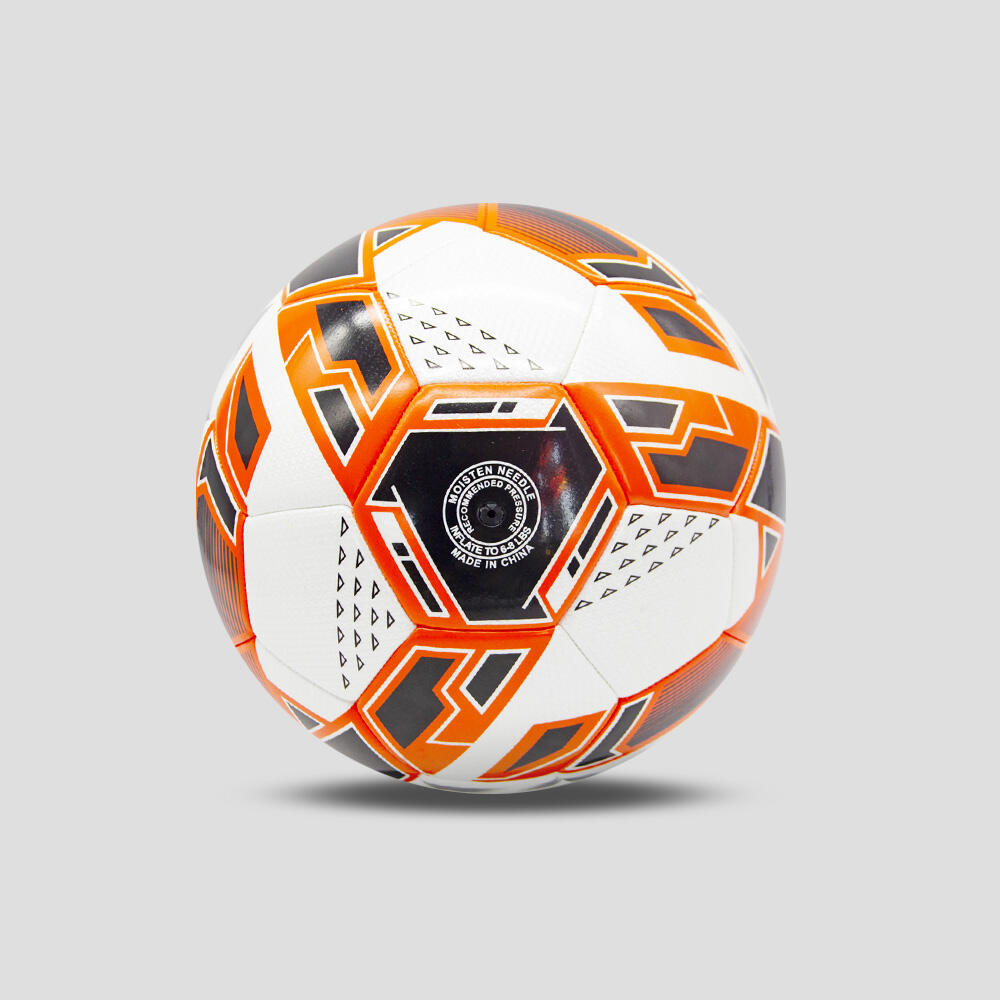Understanding Soccer Ball Essentials for Peak Performance
Selecting the right soccer ball can dramatically impact your game experience, whether you're a professional athlete or a weekend enthusiast. The perfect soccer ball serves as more than just equipment – it becomes an extension of your skills on the field. From the satisfying feel of the first touch to the precise control during complex maneuvers, every aspect of the ball's design plays a crucial role in your performance.
Modern soccer balls have evolved significantly from their leather-bound predecessors. Today's market offers an extensive range of options, each crafted with specific playing conditions and skill levels in mind. The key to making an informed choice lies in understanding how different features affect ball behavior and durability.
Soccer Ball Size Categories and Their Applications
Professional and Adult Regulations
The standard soccer ball for professional and adult matches is Size 5, measuring between 27-28 inches in circumference and weighing 14-16 ounces when properly inflated. This size is mandatory for all professional leagues, international competitions, and adult recreational leagues. The consistent dimensions ensure fair play and allow players to develop muscle memory for ball control.
Professional soccer balls undergo rigorous testing to meet FIFA's Quality Programme standards. These balls must maintain their shape, weight, and pressure retention capabilities through countless impacts. The higher price point of professional-grade balls reflects their superior construction and testing processes.
Youth and Training Specifications
Youth players require appropriately sized soccer balls to develop proper technique and prevent injury. Size 3 balls, designed for players under 8 years old, measure 23-24 inches in circumference. Size 4 balls bridge the gap for players aged 8-12, with a 25-26 inch circumference. This progression helps young players build confidence and skill before transitioning to full-size balls.
Training balls for youth players often feature high-visibility colors and special markings to aid in technique development. These features help young players track ball rotation and improve their touch sensitivity during practice sessions.
Material Construction and Durability Factors
Synthetic Leather Technology
Modern soccer balls primarily use synthetic leather materials like polyurethane (PU) or polyvinyl carbonate (PVC). Premium balls feature multiple layers of synthetic materials, each serving a specific purpose. The outer layer provides water resistance and shape retention, while inner layers contribute to consistent flight characteristics and touch sensitivity.
High-end synthetic leather soccer balls often incorporate textured surfaces that enhance grip in wet conditions. This technology allows for better ball control and more accurate shots, regardless of weather conditions. The material's thickness and composition also affect the ball's feel and responsiveness during play.
Internal Construction Elements
The bladder, which holds the air inside the soccer ball, significantly influences its performance. Latex bladders offer superior responsiveness and soft touch but may require more frequent inflation. Butyl bladders, while slightly less responsive, maintain air pressure longer and prove more practical for recreational use.
Panel construction varies among soccer balls, with traditional 32-panel designs remaining popular. However, modern manufacturing techniques have introduced balls with fewer panels and thermal-bonded seams, reducing water uptake and improving aerodynamics. These innovations contribute to more predictable ball flight and enhanced durability.
Surface-Specific Ball Selection
Natural Grass Performance
Soccer balls designed for natural grass feature balanced surface texturing that provides optimal grip without excessive wear. The ideal ball for grass surfaces maintains consistent performance across varying field conditions, from dry summer pitches to damp morning turf. Premium match balls often incorporate micro-texturing that enhances both grip and aerodynamic stability.
When selecting a soccer ball for natural grass, consider the climate and typical field conditions in your area. Balls with sealed seams perform better in wet conditions, while those with traditional stitching may offer better touch sensitivity in dry weather.
Artificial Turf Considerations
Artificial turf requires soccer balls with enhanced durability due to the surface's abrasive nature. Balls designed for artificial turf often feature reinforced outer layers and specially treated surfaces to resist wear. The construction should balance durability with performance, ensuring the ball maintains its shape and responsiveness despite repeated contact with synthetic fibers.
Many manufacturers now produce hybrid soccer balls that perform well on both natural and artificial surfaces. These versatile options use advanced materials and construction techniques to deliver consistent performance across different playing environments.
Frequently Asked Questions
How Often Should I Replace My Soccer Ball?
A high-quality soccer ball used regularly should be replaced every 1-2 seasons, depending on usage intensity and storage conditions. Signs of needed replacement include loss of shape, diminished air retention, or visible panel separation.
What Pressure Should I Maintain in My Soccer Ball?
Most soccer balls should be inflated to 8.5-15.6 PSI (0.6-1.1 bars). The specific pressure depends on the ball's design and intended use. Check the manufacturer's recommendations printed on the ball for optimal pressure ranges.
Are Expensive Soccer Balls Worth the Investment?
Professional-grade soccer balls offer superior flight consistency, touch sensitivity, and durability compared to budget options. For serious players or competitive teams, the investment in a quality ball can enhance performance and reduce long-term replacement costs. However, recreational players may find mid-range balls provide adequate performance for their needs.


